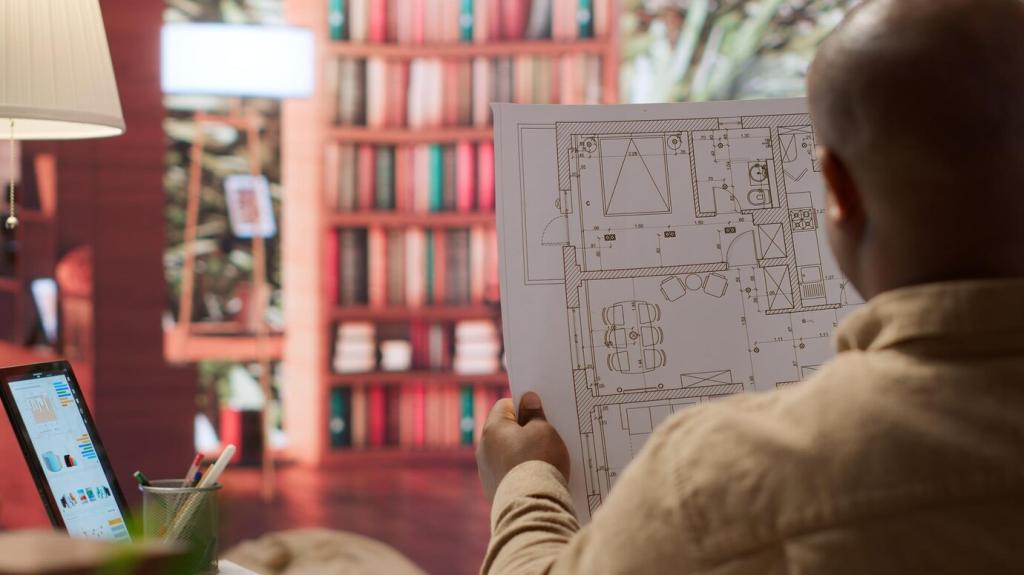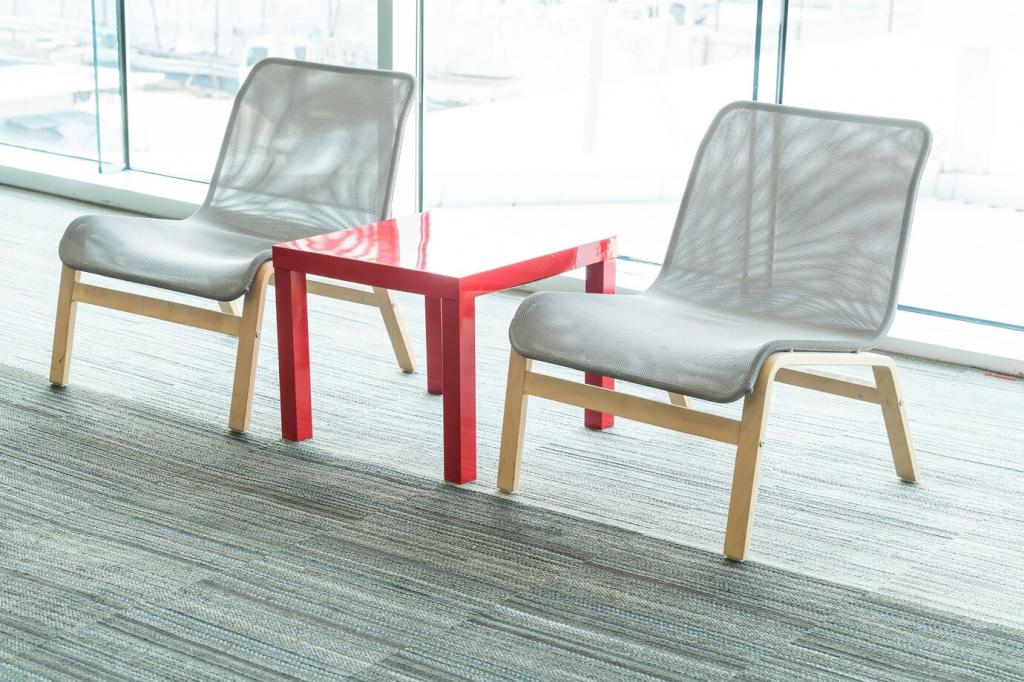Sustainability: Materials, Methods, and Mindset
Soy-based polyols, natural latex, and recycled PET fiber fills reduced fossil reliance. These materials balanced comfort with responsibility, signaling a permanent shift toward thoughtfully sourced, lower-impact sofas.
Sustainability: Materials, Methods, and Mindset
Zip-off covers invited washing, repairing, and seasonal refreshes. By making maintenance attractive and easy, brands encouraged owners to cherish, update, and keep pieces in service for many vibrant years.













